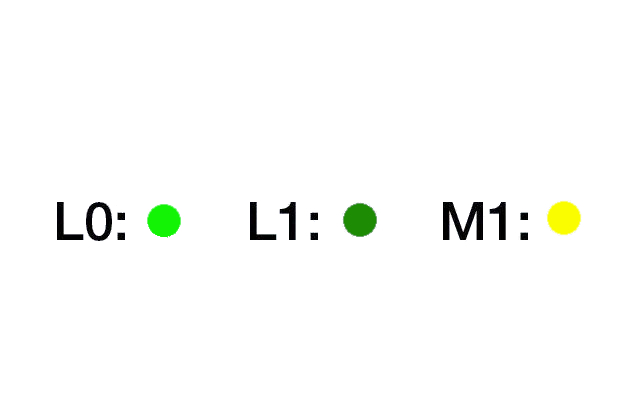|
Halogen
Collective term for the 5 elements in the group 17 of the periodic system (IUPAC-Konvention): fluorine(F), chlorine (Cl), bromine (Br), iodine (I), and astatine (At). The name halogens derives from the ancient Greek words for "salt" and "form", as these elements form classical salts with metals with a particular ease. Halogens are common activators of flux as they facilitate the connection of tin-lead solders with copper as the base metal. The most naturally abundant halogen is chlorine, followed by fluorine, bromine, and iodine. The radioactive astatine occurs only in very small amounts. The halogens are similar in their properties-melting point, boiling point and specific gravity increase from fluorine to iodine. Since the halogens have one less electron than the noble gases, their electron affinity is larger and they form monovalent ions easier. They form ionic bonds with highly positively charged elements and electron pair bonds with negatively charged elements. The properties of the halogens are shown in the table.
Material properties of halogens
| Element |
Fluorine |
Chlorine |
Bromine |
Iodine |
| Atomic number |
9 |
17 |
35 |
53 |
| Atomic mass |
18,9984 |
35,453 |
79,904 |
126,9045 |
| Melting point (°C) |
-217,9 |
-100,98 |
-7,3 |
113,7 |
| Boiling point (°C) |
-188 |
-34,07 |
58,8 |
184,5 |
| Critical temperature |
144 |
144 |
311 |
|
| Density (g/l) |
1,71 (0 °C) |
3,22 (0 °C) |
5,48 (87 °C) |
|
| Specific weight |
1,109 |
1,571 |
3,14 |
|
| Atomic radius (A) |
0,71 |
1,01 |
1,14 |
1,34 |
| Permittivity |
1,517 (83,21 K) |
1,94 (10 °C) |
3,12 |
|
Material properties of halogens
|

